Kozhikode |
Kozhikode
About UNESCO Creative Cities Network (UCCN)
|
e-SAKSHI Portal |
e-SAKSHI Portal:
|
INS Sunayna |
INS Sunayna:
|
New safety standards for electric vehicles |
Bureau of Indian Standards (BIS) new safety standards:
|
Srinagar’s ‘World Craft City’ tag |
World Craft City (WCC)
|
Kerala Assembly unanimously requested the Union Government to take immediate steps under Article 3 of the Constitution to change the name of the state to Keralam.
Resolution was modified and reintroduced
|
|---|
No Objection Certificates (NOCs) from several agencies
|
|---|
Article 3 of the constitutionFormation of new States and alteration of areas, boundaries or names of existing States:
Article 4 of the constitution
|
|---|
A five-member Pakistani delegation came to National Hydroelectric Power Corporation (NHPC) headquarters in Jammu’s Kishtwar to inspect power projects set up on the rivers covered under the Indus Water Treaty (IWT) of 1960.
Pakal Dul (Drangdhuran) Hydroelectric Project
Rattle Hydroelectric Power Project
|
|---|
India’s objected to Pakistan’s bid :
|
|---|
History of the Dispute over the Hydel Projects of Kishanganga and Ratle Hydroelectric Projects (HEPs)Pakistan’s Demand
India’s Demand
|
|---|
About Indus System Of Rivers
|
The Indus Water Treaty (IWT) was signed by former Prime Minister Jawaharlal Nehru and then President of Pakistan, Ayub Khan in 1960.
The Vadhavan port, recently cleared by the Cabinet, will be India’s first mega port.
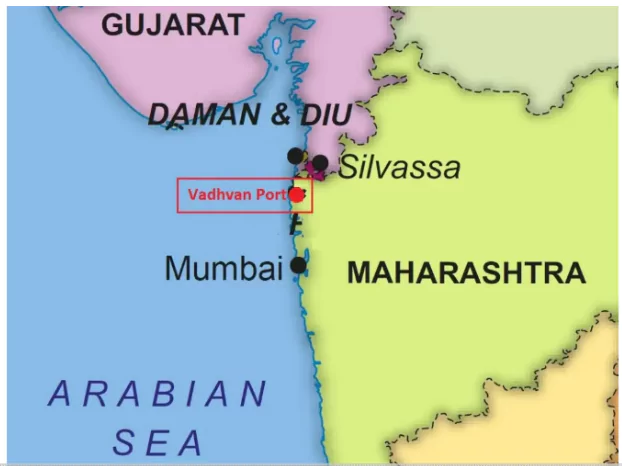
The Indian government’s approval of the Vadhavan Port Project represents a major development for the country’s maritime infrastructure.
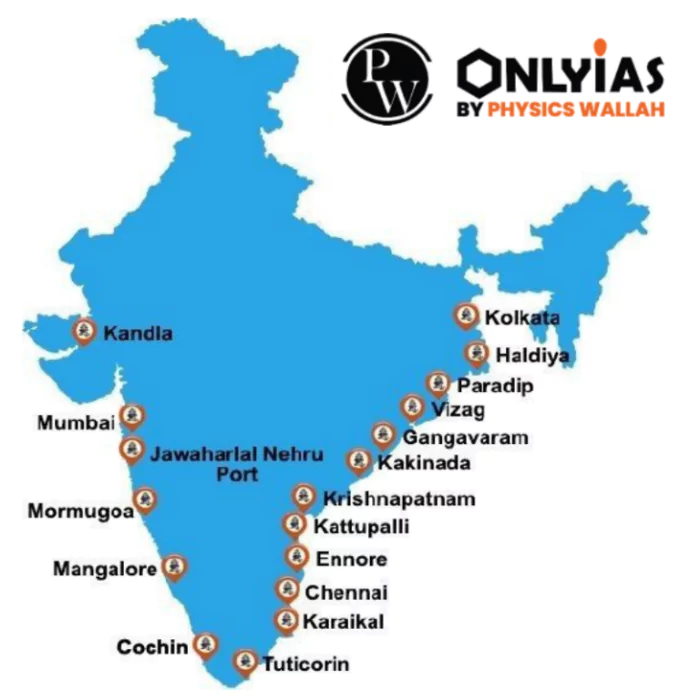
Overview of Indian Ports
Greenfield Project
|
|---|
International North-South Transportation Corridor (INSTC)
India-Middle East-Europe Corridor (IMEEC)
|
Chandrababu Naidu’s return as Andhra Pradesh CM brings the spotlight back on Amaravati, one of the most important sites of Buddhism in South Asia.
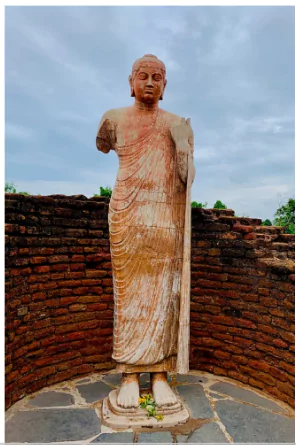 Megaliths were massive stones set up over pits in which the dead were buried, and are said to have been predecessors of the Buddhist stupas which were commemorative monuments housing the relics of Buddhist monks.
Megaliths were massive stones set up over pits in which the dead were buried, and are said to have been predecessors of the Buddhist stupas which were commemorative monuments housing the relics of Buddhist monks.
Few Important Points that Need to be Know
|
|---|
Recently, the Indian Space Research Organisation (ISRO) completed the third Reusable Launch Vehicle (RLV) Landing Experiment (LEX) at the Aeronautical Test Range (ATR) in Chitradurga, Karnataka.
Recently, A Paper published in the American Political Science Review titled ‘Representation and Forest Conservation: Evidence from India’s Scheduled Areas’.
Highlights From The Report – Institutional Mechanism That Can Yield Better Results In Conservation
|
|---|
What Are Scheduled Areas?
Fifth And Sixth Schedules
|
|---|
Recently, India and Bangladesh agreed to enhance cooperation in new areas and signed multiple agreements. This includes strengthening ties in maritime affairs and the blue economy.
India and Bangladesh have embarked on a new chapter of bilateral relations by focusing on following key areas:
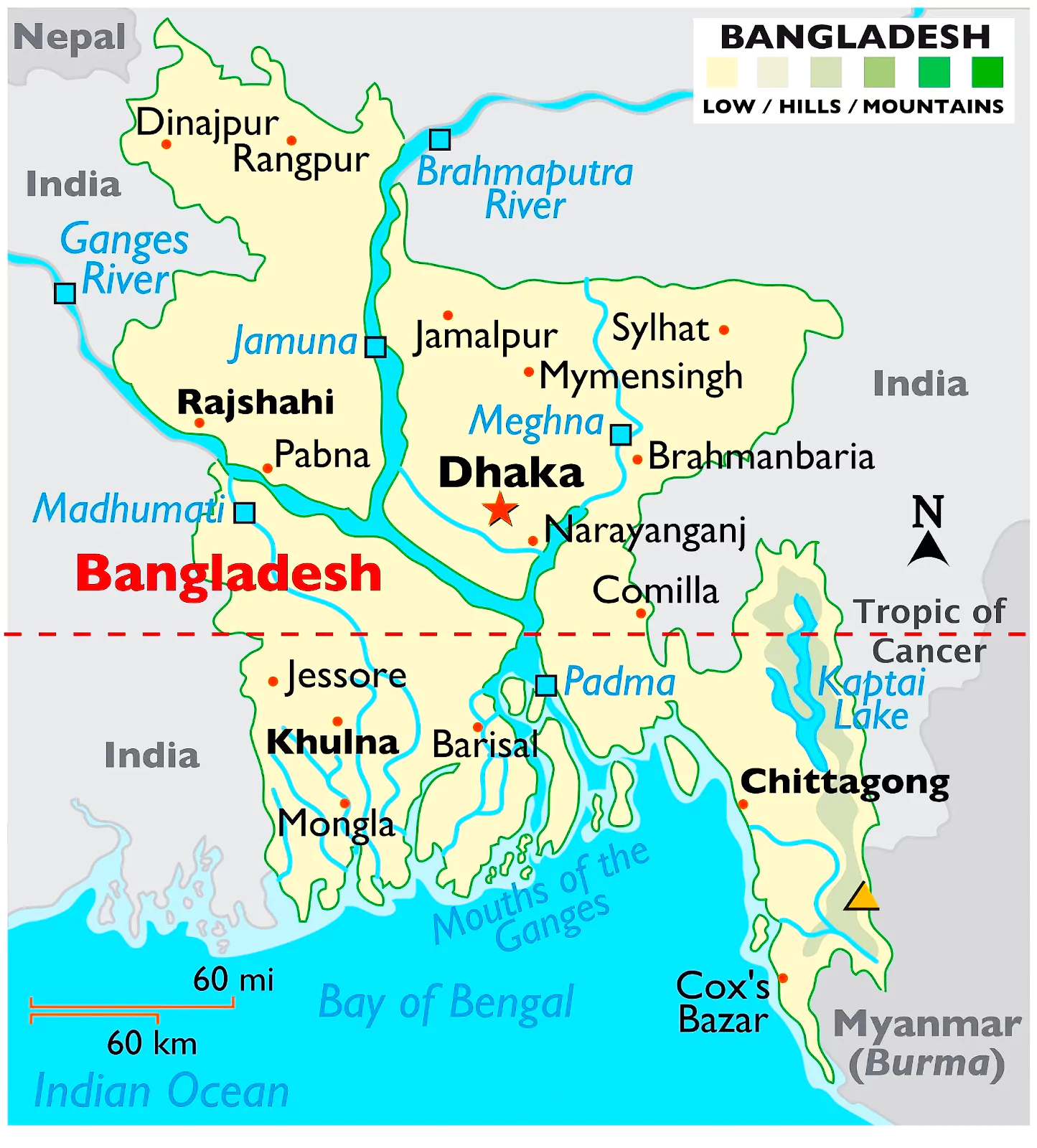
India and Bangladesh share deep-rooted bonds of history, language, culture, and multitude of other commonalities. The outstanding nature of bilateral ties is reflected in an all-encompassing partnership based on sovereignty, equality, trust, and understanding.
Despite sharing relations on multiple fronts, India-Bangladesh are facing following challenges that need to be resolved as soon as possible.
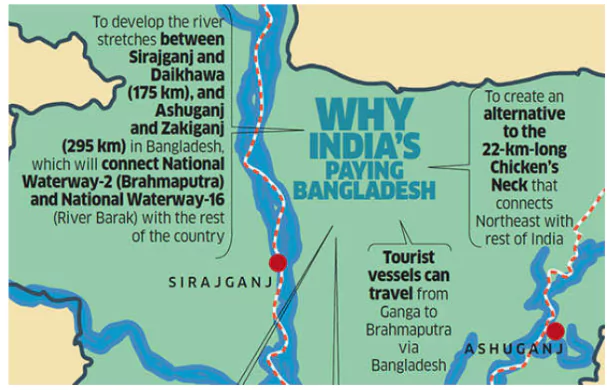
The recently approved pacts are important and must be prioritsed, along with addressing the following issues:
Border Sharing
About India’s Indo-Pacific Oceans Initiative (IPOI)
|
|---|
<div class="new-fform">
</div>